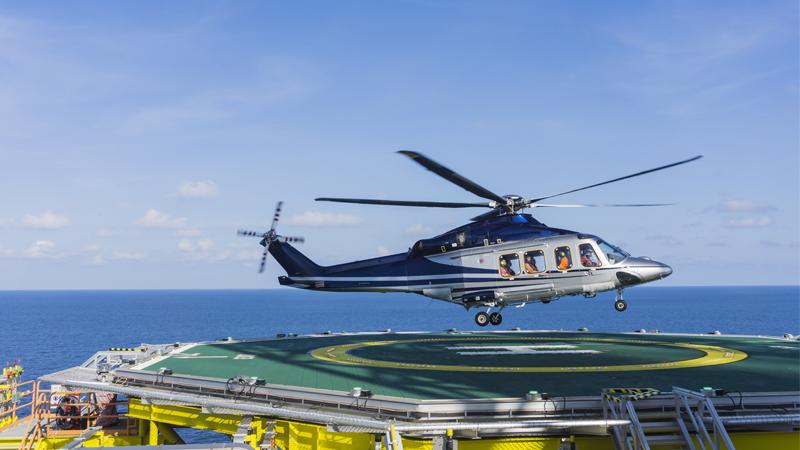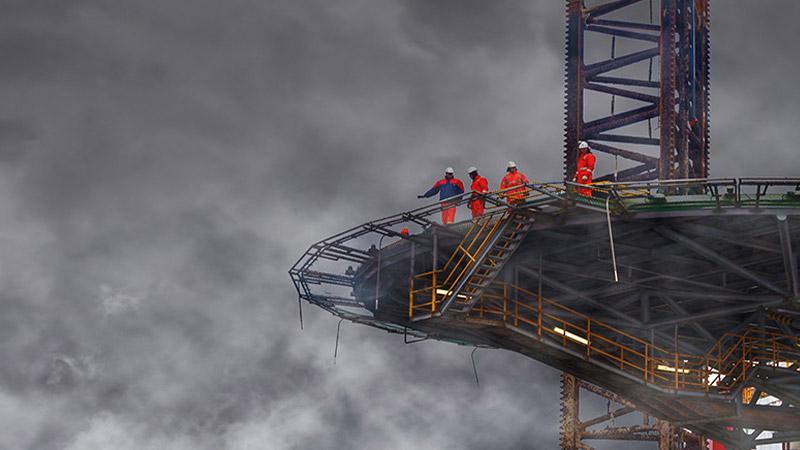Enhancing safety of offshore helicopter operations
Interview with Tim Rolfe, Chief Executive Officer at HeliOffshore
Could you tell us about your background in offshore helicopter operations and your relationship with HeliOffshore?
I was at Bristow Helicopters for 30-years as a professional helicopter pilot in offshore, SAR, military support and VIP operations, and I have experience across the key disciplines of large helicopter operations, pilot training and safety management systems. In my last role at Bristow Group I was Director of Safety and Global Safety Assurance and was also a Board Member for six regional Bristow companies. I was one of the core founding members of HeliOffshore in 2014. First I co-led their Operational Effectiveness workstream and was pleased to receive an ‘Outstanding Contribution to Offshore Helicopter Safety’ recognition at HeliOffshore’s conference in 2018. I joined as Chief Executive Officer in 2020, leading our mission, strategy and delivery to ensure no lives are lost in offshore aviation.
Renewable energy, especially offshore wind farms, is a fast-growing market and demand for offshore helicopter operations in wind parks is growing globally. How are helicopter safety issues taken into consideration in this emerging market?
Wind farms require a diverse range of tasks, creating complex challenges, but through expert advice and collaboration we are ensuring the safety of our industry. Surveys, inspections, cleaning, monitoring, maintenance support, search and rescue, medical support, and the transfer and heli-hoisting of personnel and cargo to and from helidecks create unique safety concerns.
In 2018, we identified the global sharing of recommended practices as a safety priority. The wind farm working group, G+, was established with representatives from helicopter operators experienced in the field, aircraft manufacturers, energy companies and wind turbine manufacturers. Collaboration to share safety information creates an open dialogue that will allow emergent trends to be spotted earlier while enabling collective learning and faster, wider implementation of improvements. With data analysis, we are able to directly address safety concerns, offer workshops, and create processes and procedures to ensure no lives are lost through offshore aviation.
The working group, working closely with other industry bodies, created a list of topics to address which led to the Wind Farm Recommended Practice: HERE.
Tell us a bit more about your Safety Performance Model. How does that help to improve offshore helicopter safety?
HeliOffshore’s Safety Performance Model provides our industry with a common language and framework, and ensures we focus on activities that prevent accidents.
Our safety outcomes are defined by our members and form a collective view of actions that make the greatest difference to safety through collaboration. By applying the performance model, we can measure the outcome of our actions on the frontline where it counts.
What, in your mind, are the most challenging offshore weather-related events or phenomena for safe helicopter operations?
Offshore helicopters operate in many challenging environments around the world. The weather can be benign for much of the time, but the North Sea is well-known for high winds, high seas and fog. Canada is similar with deep freezing conditions. West Africa presents thunderstorms and limited visibility due to the Harmattan. The Gulf of Mexico, Caribbean and Australia experience hurricanes or cyclones.
It is hard to say which is the most challenging environment—context is important—but any exposure to freezing conditions, reduced visibility or lightning can be dangerous. Modern helicopters are designed and crews are trained to deal with these conditions, but it is vital that accurate and up-to-date weather information is available to enable safe operations.
How important would you say are the availability of real-time, accurate local weather observations and forecasts for safer offshore helicopter operations?
We recommend that helicopter operators have access to in-field weather data and forecasts. Weather data is distributed through a Meteorological Aerodrome Report (METAR) (current weather report) or Terminal Aerodrome Forecast (TAF) (weather forecast). Depending on national regulations, these reports can be generated through an automatic weather station or provided by staff.
In the planning phase of any new offshore facility, we recommend considering a weather measuring capability. Delivering aviation weather forecasts and reports should be carefully considered, possibly including an automatic aviation weather station.
Do you see any particular safety challenges with offshore wind parks? For example, from more turbulent conditions caused by turbines in windy areas or locations with a lot of thunderstorms and lightning.
Offshore wind parks require a specific focus to ensure safety is maintained. That is why we created the recommended practice in collaboration with G+.
For example, wind farms will inevitably be built in areas with dynamic weather patterns where higher winds, increased precipitation and the potential for lightning are considerations for flight planning. Weather limitations consistent with aircraft capabilities need to be established for the wind farm and any associated assets. As wind farm structures develop, we will continue to learn more about the specific effects of weather and turbulence that are associated with small- and larger-scale wind farm operations.
Helicopters are vital in windfarm operations, especially in offshore evacuation, since they can be used in severe weather conditions where most surface vessels have to cease operation. Sometimes, helicopters are the safest option to perform a rescue, plus they can usually be dispatched on short notice and can quickly transport personnel onshore.
Would you say the current standards and regulations concerning safety of offshore helicopter flights are sufficient? If not, what should be improved?
Offshore helicopter activities, just like other forms of commercial aviation, are principally governed by national regulatory requirements and should be considered safe. An obvious parallel is road transportation where current manufacturing, maintenance, driver licensing and training requirements deliver a targeted level of safety.
However, as long as the physical, commercial and environmental landscapes are changing, as an industry we have to maintain a constant focus on activities that prevent accidents, while considering new technologies that can reduce the risk of accidents even further. Our mission is not over until no lives are lost in offshore aviation.
What’s your vision for HeliOffshore activities towards 2030?
Our vision is a safer frontline served by an open, responsive and aligned offshore aviation industry so no lives are lost through offshore aviation. We are planning to achieve this through leading a collective safety conversation, identifying the right priorities which are supported by the right resources. We’ll deliver the right actions and ultimately transform frontline safety performance.
HeliOffshore is the global, safety-focused association for the offshore helicopter industry. Through collaboration with and between members, they are delivering an industry-wide safety programme that is enhancing safety, worldwide. Vaisala is member of HeliOffshore.


